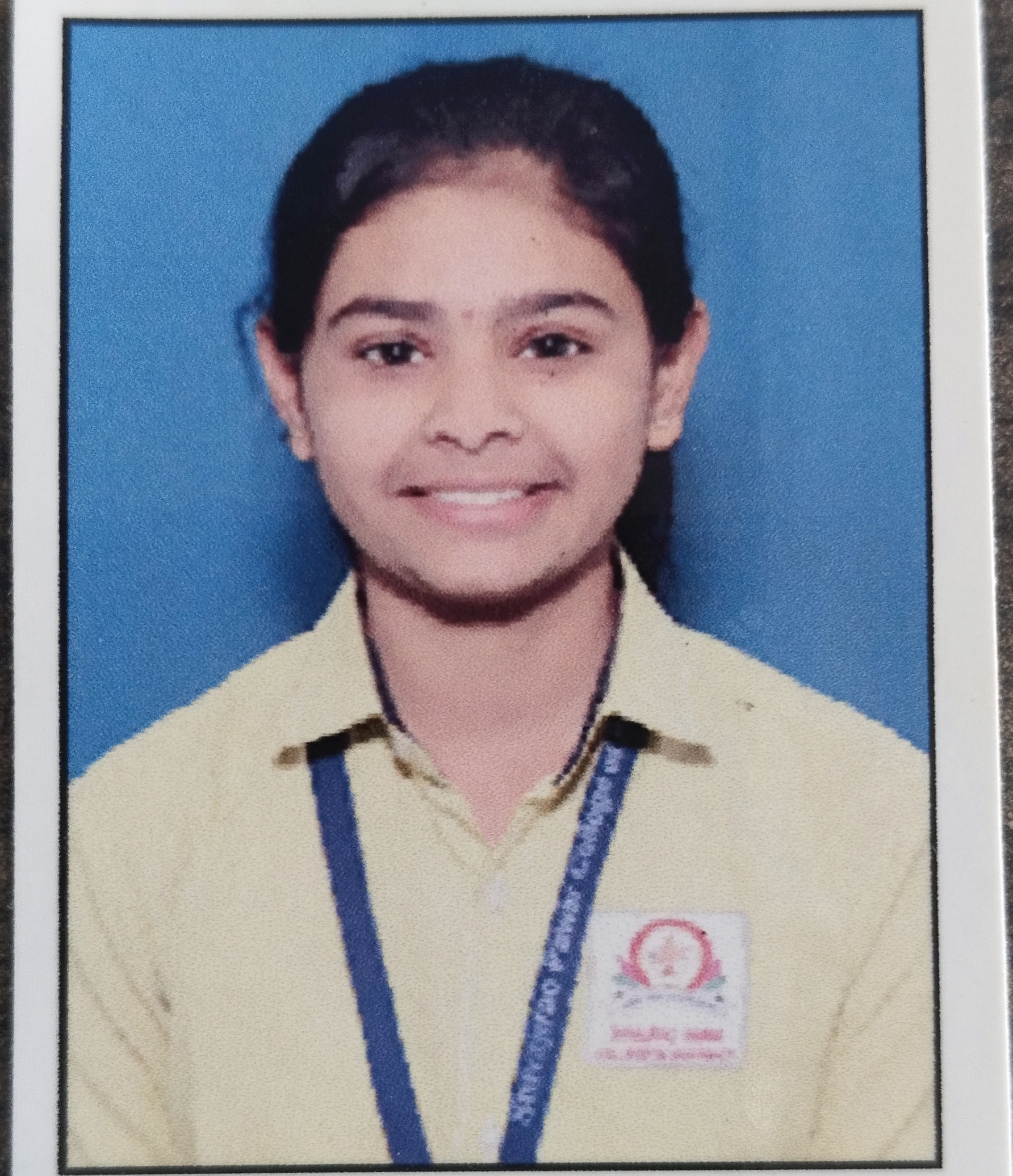Abstract
Immunotherapy with many advantages over traditional cancer treatments like radiation, chemotherapy, and surgery, immunotherapy is a fast-growing therapeutic option. Thanks to immunotherapy, cancer patients’ overall survival has increased dramatically. Immunotherapy drugs called immune checkpoint inhibitors work by blocking checkpoint proteins from binding with their partner proteins. This prevents the “off” signal from being sent, allowing the T cells to kill cancer cells. One such drug acts against a checkpoint protein called CTLA-4. Cancer immunotherapy has brought significant improvements for patients in terms of survival and quality of life. Immunotherapy has now firmly established itself as a novel pillar of cancer care, from the metastatic stage to the adjuvant and neoadjuvant settings in numerous cancer types. In this review article, we highlight how the history of cancer immunotherapy paved the way for discoveries that are now part of the standard of care.
Keywords
Immune checkpoint inhibitors, personalized cancer vaccines, immune-related adverse events, microbiome studies, metabolomics
Introduction
The treatment of cancer patients has revolutionized thanks to the field of immuno-oncology. In the late 19th century, William B. Coley—who is today regarded as the father of immunotherapy—made an initial attempt to use the immune system’s potential to treat cancer. As an orthopedic surgeon treating patients with bone sarcomas, he observed that some patients would spontaneously experience the regression of their unrested tumors when they experienced severe wound infections following surgery—a common occurrence when aseptic technique was not yet optimized. In an attempt to induce sepsis and strong immune and antitumor responses, Coley injected mixtures of live and inactivated bacteria, including Streptococcus pyogenes and Serratia marcescens, into over a thousand patients starting in 1891.His concoction of bacteria gained notoriety as “Coley’s toxin” and is the first known instance of active cancer immunotherapy1. Coley overcame multiple cancers, such as testicular carcinoma, lymphoma, and sarcoma, to achieve long-lasting total remissions. However, early in the 20th century, oncologists adopted surgery and radiation therapy as alternate standard treatments because they were unsure of the mechanism of action for Coley’s toxin and because doing so posed a risk of intentionally exposing cancer patients to harmful bacteria. These mediators are members of the cytokine family, which also includes chemokines, interleukins, and interferons3. The race to use those new findings in cancer treatment was on once more4. With this novel approach, doctors and researchers had some success; in metastatic renal cell carcinoma, high-dose interleukin 2 (il-2) occasionally produced clinical remissions5, and in stages iii and iv melanoma, interferon produced questionable responses. Those small victories were frequently offset by noteworthy setbacks. The microbiome not only primes the immune response to icis, but it also modulates iraes . According to metagenomic sequencing, patients with melanoma who did not develop iliolumbar-induced colitis had higher abundances of members of the Bactericides’ phylum (families Bacteroidaceae, Rikenellaceae, and Barnesiellaceae) in their stools taken prior to treatment. This suggests that these microorganisms may have a preventive effect. Importantly, it was discovered that resistance to colitis induced by ctla-4 blockade can be predicted by particular microbial metabolic pathways, such as vitamin B synthesis and polyamine transport. An additional group confirmed that a phonotype rich in Bactericides protected melanoma patients from colitis caused by ctla-4 blockade.
Modulating and Predicting Immune Toxicity for Better Efficacy:-
Immunotherapies are frequently constrained by immune-related adverse events (iraes), which are
inflammatory reactions and immune activation directed against the host's healthy tissues. The intended result is immune activation against the host's tumor, but IRAs are difficult to forecast, identify, and manage. When used in conjunction with PD-1 blockade for metastatic melanoma, the addition of a ctla-4 antibody only slightly improves survival, but at the expense of over twice as many serious adverse events. Up to 1 patient in every 77 who received treatment with an ici combination died, according to a recent meta-analysis. In treated patients, the death rate for certain illnesses can reach 50%, such as immune-related myocarditis.
A New Era for Tumour-Specific Vaccines in Combination with ICIs
Single-agent PD-1 inhibitors, despite encouraging outcomes with icis, have an objective response rate that varies from nearly nonexistent in microsatellite-stable colonic adenocarcinoma and pancreatic cancer to an average of 15%–30% in most other tumor types, but 50%–80% in melanoma, Hodgkin lymphoma, squamous-cell carcinoma of the skin, and Merkel cell carcinoma. The response rate is increased by adding an anti-CTLA-4 agent; however, this comes at a much higher toxicity rate.
The Crucial Role of the Tumour Microenvironment
The field of immuno-oncology has made significant progress due to a growing comprehension of the pivotal function of the tumor microenvironment in regulating immune responses against cancer. Immune cell infiltration into the tumor microenvironment in colorectal cancers has been linked, more strongly than microsatellite instability, to a robust immune response to icis treatment. These results led to the proposal and validation of the idea of "immune contexture,” which divides tumors into four categories: hot, excluded, immunosuppressed, and cold.
Targeting Tumour Metabolism in the Tumour Microenvironment
There is mounting proof that the tumor microenvironment promotes improper metabolic
reprogramming, which impairs T cell function and reduces antitumor immune responses. Under such circumstances, focusing on the metabolism of both tumors and T cells can strengthen immunity in an unfriendly environment and significantly increase the efficacy of immunotherapies. As was previously mentioned, there are important prognostic and predictive implications for tils in the tumor microenvironment. In addition to immune checkpoints, increasingly understood "metabolic checkpoints" also restrict their function.
The Microbiome As a Master Regulator of Both ICI Efficacy and Toxicity
The effectiveness of vaccination immune responses,the encouragement of carcinogenesis, and the effectiveness and toxicity of anticancer treatments, including icis, are all significantly influenced by the host microbiome. An important study conducted on mice revealed that altering the gut microbiome's baseline flora influences the kinetics of melanoma growth and can improve ici efficacy86. Additional preclinical research revealed that the use of germ-free mice or antibiotic-induced dysbiosis can impair the effectiveness of anti-ctla-4 therapy. After gavage with Bactericide’s fragilis or Bactericide’s the
taiotaomicron (order Burkholderiales), or both, the efficacy of the ici could be restored in antibiotic- treated mice by means of an enhanced il-12–dependent type 1 T helper immune response.
CONCLUSION
Patients’ quality of life and chance of survival have significantly improved thanks to immunotherapy. But not all cancers are created equal, and at the moment, there are very few indicators of toxicity and response. Immuno-oncology is still in its relative infancy, with many obstacles still to be cleared despite the field’s quick advancements. Gradually, it became apparent that the conventional instruments employed to evaluate treatment decisions during the era of targeted therapies and chemotherapy might not hold true for the novel immunotherapies. To evaluate the response to treatments, for instance, the Response Evaluation Criteria in Solid Tumors (recist) were altered to produce irecist, which explains the unique response patterns observed during immunotherapy, such as tumor pseudoprogression. Novel tools are needed in the era of cancer immunotherapy, just as TNM staging was essential in directing treatment in the chemo era. It has previously been established that the Immunoscore adds significant prognostic information to TNM staging in colon cancer.
REFERENCES
- McCarthy EF. The toxins of William B. Coley and the treatment of bone and soft-tissue sarcomas. Iowa Orthop J. 2006.
- Decker WK, Safdar A. Bioimmunoadjuvants for the treatment of neoplastic and infectious disease: Coley’s legacy revisited. Cytokine Growth Factor Rev. 2009.
- Dinarello CA. Historical insights into cytokines. Eur J Immunol. 2007.
- Lee S, Margolin K. Cytokines in cancer immunotherapy. Cancers (Basel) 2011.
- Rosenberg SA. Interleukin 2 for patients with renal cancer. Nat Clin Pract Oncol. 2007.
- Di Trolio R, Simeone E, Di Lorenzo G, Buonerba C, Ascierto PA. The use of interferon in melanoma patients: a systematic review. Cytokine Growth Factor Rev. 2015.
- O’Donnell JS, Teng MWL, Smyth MJ. Cancer immunoediting and resistance to T cell-based immunotherapy. Nat Rev Clin Oncol. 2019.
- Suntharalingam G, Perry MR, Ward S, et al. Cytokine storm in a phase 1 trial of the anti-CD28 monoclonal antibody TGN1412. N Engl J Med. 2006.
- Hodi FS, Chiarion-Sileni V, Gonzalez R, et al. Nivolumab plus ipilimumab or nivolumab alone versus ipilimumab alone in advanced melanoma (CheckMate 067): 4-year outcomes of a multicentre, randomised, phase 3 trial. Lancet Oncol. 2018.
- Wang DY, Salem JE, Cohen JV, et al. Fatal toxic effects associated with immune checkpoint inhibitors: a systematic review and meta-analysis. JAMA Oncol. 2018
- Moslehi JJ, Salem JE, Sosman JA, Lebrun-Vignes B, Johnson DB. Increased reporting of fatal immune checkpoint inhibitor–associated myocarditis. Lancet. 2018.
- Schindler K, Harmankaya K, Kuk D, et al. Correlation of absolute and relative eosinophil counts with immune-related adverse events in melanoma patients treated with ipilimumab [abstract 9096] J Clin Oncol. 2014.
- Liudahl SM, Coussens LM. B Cells as biomarkers: predicting immune checkpoint therapy adverse events. J Clin Invest. 2018.
- Oh DY, Cham J, Zhang L, et al. Immune toxicities elicited by ctla-4 blockade in cancer patients are associated with early diversification of the T-cell repertoire. Cancer Res. 2017.
- Diehl A, Yarchoan M, Hopkins A, Jaffee E, Grossman SA. Relationships between lymphocyte counts and treatment-related toxicities and clinical responses in patients with solid tumors treated with PD-1 checkpoint inhibitors. Oncotarget. 2017.
- Callahan MK, Yang A, Tandon S, et al. Evaluation of serum il-17 levels during ipilimumab therapy: correlation with colitis [abstract 2505] J Clin Oncol. 2011. [Available online at: https://ascopubs.org/doi/10.1200/jco.2011.29.15_suppl.2505; cited 9 September 2019]
- Dubin K, Callahan MK, Ren B, et al. Intestinal microbiome analyses identify melanoma patients at risk for checkpoint-blockade–induced colitis. Nat Commun. 2016.
- Arbour KC, Mezquita L, Long N, et al. Impact of baseline steroids on efficacy of programmed cell death–1 and programmed death–ligand 1 blockade in patients with non-small-cell lung cancer. J Clin Oncol. 2018.
- Faje AT, Lawrence D, Flaherty K, et al. High-dose glucocorticoids for the treatment of ipilimumab- induced hypophysitis is associated with reduced survival in patients with melanoma. Cancer. 2018.
- Petrelli F, Signorelli D, Ghidini M, et al. Association of steroids use with survival in patients treated with immune checkpoint inhibitors: a systematic review and meta-analysis. Cancers (Basel) 2020
- Esfahani K, Al-Aubodah TA, Thebault P, et al. Targeting the mtor pathway uncouples the efficacy and toxicity of PD-1 blockade in renal transplantation. Nat Commun. 2019.
- Barnett R, Barta VS, Jhaveri KD. Preserved renal-allograft function and the PD-1 pathway inhibitor nivolumab. N Engl J Med. 2017.
- Sadaat M, Jang S. Complete tumor response to pembrolizumab and allograft preservation in renal allograft recipient on immunosuppressive therapy. J Oncol Pract. 201


 Sakshi Anil Unde
Sakshi Anil Unde
 Vaishnavi Vitthal Vane
Vaishnavi Vitthal Vane
 Bhagat Devika Babasaheb
Bhagat Devika Babasaheb
 Mahek Mahebub Shaikh
Mahek Mahebub Shaikh
 10.5281/zenodo.10822907
10.5281/zenodo.10822907